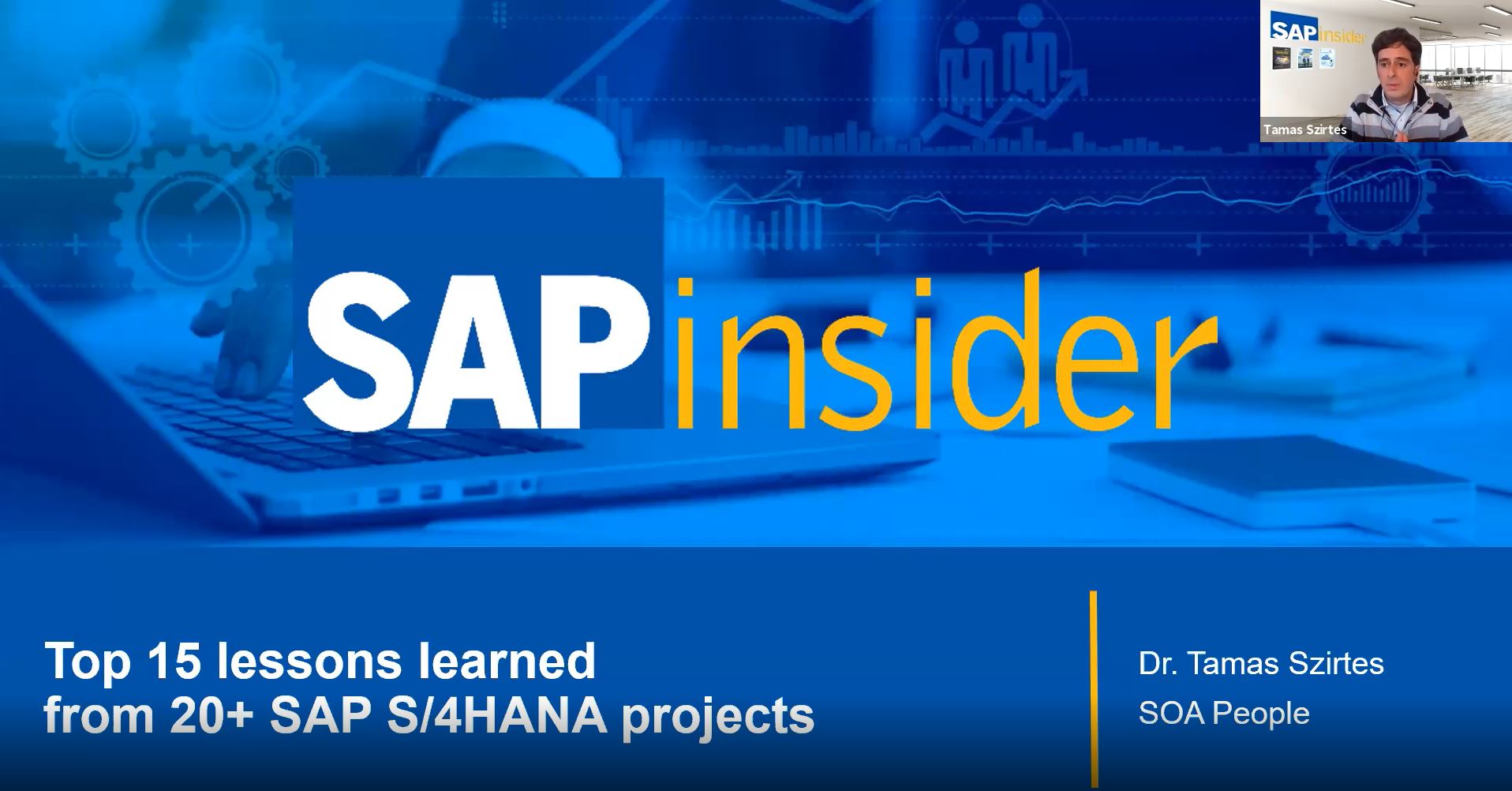Transforming Organizations Into Intelligent Enterprises
Key Takeaways
⇨ An Intelligent Enterprise is an IT infrastructure or technology infrastructure that allows businesses to operate intelligently within their environment, industry, and business.
⇨ Taking an agile approach to change allows organizations to keep their technologies up to speed with the businesses.
⇨ An innovation delivery platform is a system that provides end-to-end capabilities when businesses are looking to deploy new functionalities into their environments.
Building resilient, profitable, and sustainable Intelligent Enterprise businesses
Intelligent Enterprise is an inspiring concept. And organizations aspire to become one. But what is an Intelligent Enterprise, how can organizations become one, and how can this transformation be manageable and successful?
In this interview, Craig Brown, Chief Transformation Architect at Xceleon, talks about what an Intelligent Enterprise is and the enablers that allow organizations to become one. Brown says that “an intelligent enterprise is an IT infrastructure or technology infrastructure that allows businesses to operate intelligently within their environment, industry, and business. Anything that assists an organization with future thinking and transforming operations can be considered an Intelligent enterprise.” In the second part of the interview, Brown discusses the fundamentals of an Innovative Delivery Platform and highlights the need for it when businesses are looking to deploy new functionalities into their environments.
Read the interview excerpts below.
SAPinsider: What is an intelligent enterprise and what are the enablers of building one?
Craig Brown: An intelligent enterprise is an IT infrastructure or technology infrastructure that allows businesses to operate intelligently within their environment, industry, and business. It provides a platform that can be leveraged to venture into different market segments within an industry or company and verticals, as well as looks into the future and provides competitive advantage. Anything that assists an organization with future thinking and transforming its operations can be considered as an intelligent Enterprise. And the second part of your question is, what are those enablers? Those enablers allow organizations to be forward-looking and assist them with, for example, working remotely in their environment, adopting different business processes that give them competitive advantage and differentiation, and operating efficiently and optimally.
SAPinsider: What approaches can organizations work best with when they are considering migrating their environments to an intelligent enterprise?
Craig Brown: One of the things that I’ve seen is that customers need to take an agile approach to their deployment or their transformation into an intelligent enterprise. The reason is that in today’s market, businesses move quickly, and the need for change is dramatic. So, taking an agile approach to change allows organizations to keep their technologies up to speed with the business. Earlier, when organizations used a waterfall approach to such deployments, they were looking at billing out a set of requirements, a set of the business needs at that point in time, and they did a long-drawn-out project that became obsolete by the time they completed the project.
Taking an agile approach to looking at a business need, deploying that functionality to that need, and then asking, “Is this exactly what we need for today and tomorrow?” This approach gives businesses direct input into what the technology is doing and how they need to configure it. An agile approach for transformation to S/4HANA is essential.
SAPinsider: Can you give us a small example that shows a customer had taken an agile approach towards S4/HANA transformation?
Craig Brown: One example I can give you is of a large retail company that was engaged in deploying an SAP S/4HANA. They had a process covering how they did business and sold their product. As they were configuring how they went from order to cash with that product, the retail company noticed that they needed to change the process to align with the government mandates. During the functionality deployment, they could quickly change course and align with the new requirements.
Now imagine if they took the waterfall approach. If they took the waterfall approach, they would have an obsolete system in terms of that functionality. They would have deployed the system at the end, jumped back into it, and changed the configuration. This approach would be prone to errors because changes would be made, and SAP is a highly integrated system. A change in one area would affect several other things, resulting in productivity loss.
SAPinsider: Why is it essential to have an innovative delivery platform when migrating and supporting S/4HANA transformation?
Craig Brown: An innovation transformation or delivery platform is a system that provides end-to-end capabilities when businesses are looking to deploy new functionalities into their environments. But the core element is the customer’s innovation or the company’s competitiveness. Organizations can use the delivery platform to gather requirements, capture configuration documentation, deploy conditions, test them, ensure they’re functional, and then deploy them into production, where they can maintain the production environment with additional and continuous innovation.
Thus, the innovation delivery platform is inclusive of many elements. However, it is imperative to have a set of products that would work together to be traceable across the entire spectrum, especially in the production environment, because one can ensure that the processes are optimized. Such a platform ensures that the business develops and maintains a system that aligns directly with its business.
Learn more about Xceleon here.








